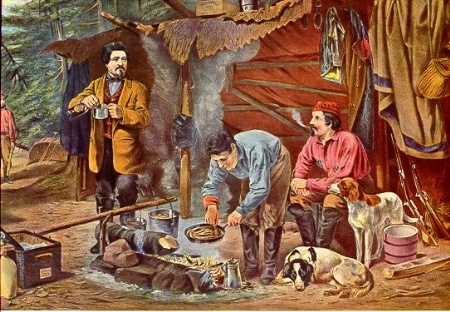
| "A Campside Fire" |
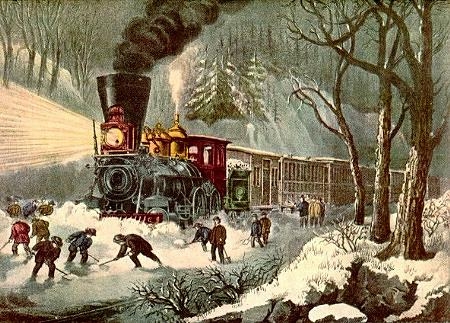
| "American Railroad" |
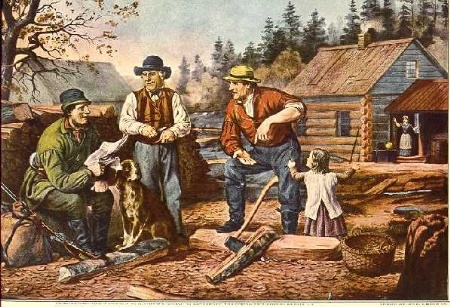
| "Arguing the Point" |
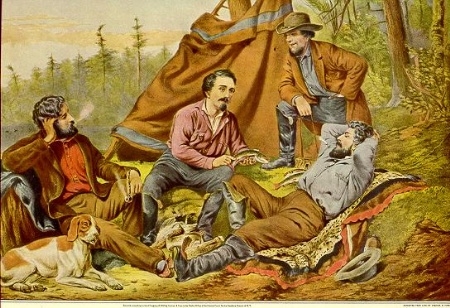
| "Campside Storytelling" |
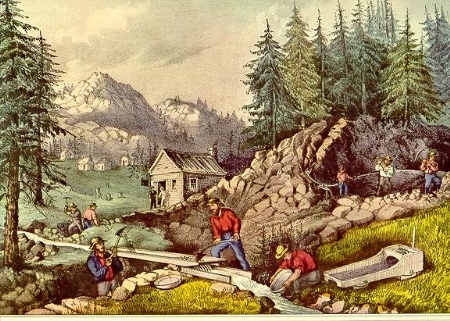
| "Goldmining in California" |
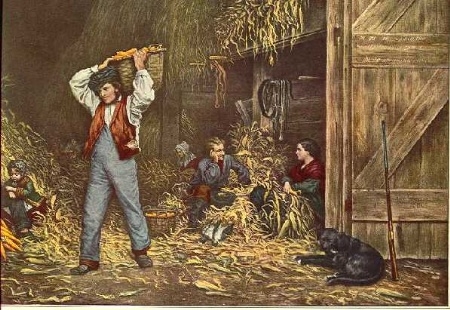
| "Husking" |
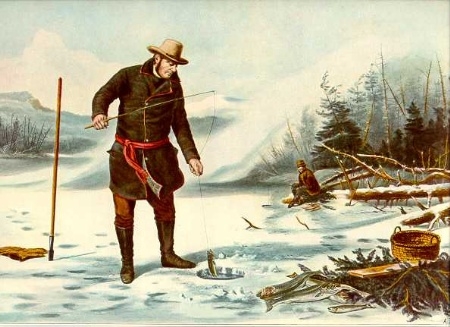
| "Ice Fishing for Trout" |
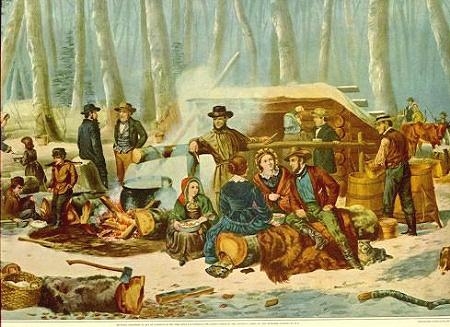
| "Maple Sugaring" |
| "The Lightning Express" |
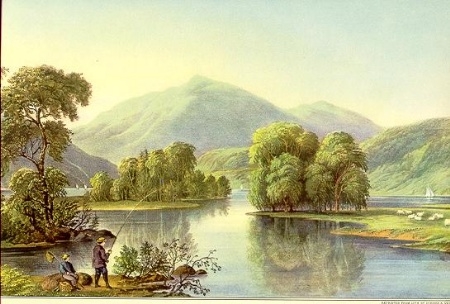
| "River Bank Fishing" |
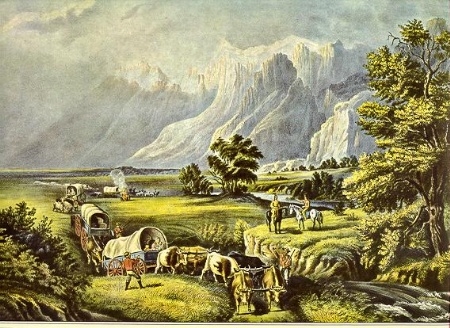
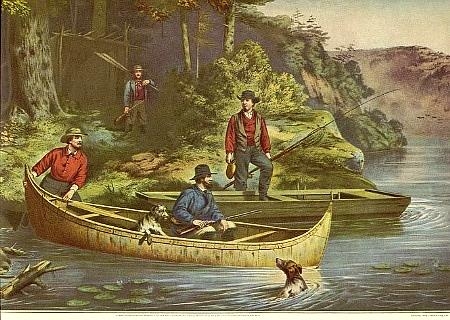
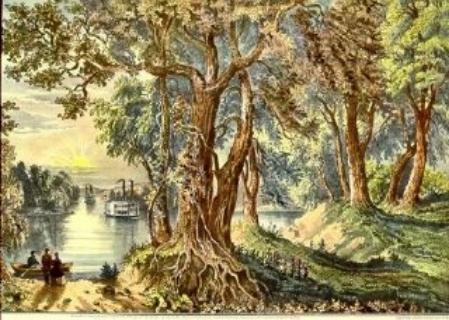
| "Steamboat Along the Mississippi" |
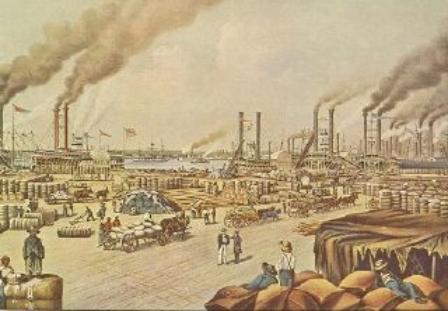
| "Steamboats at New Orleans" |
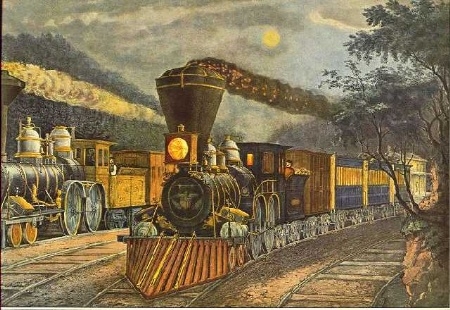
| "Champions of the Mississippi" |
| The Builders All are architects of Fate, working in these walls of Time; Some with massive deeds and great, some with ornaments of rhyme. Nothing useless is, or low, each thing in its place is best; And what seems but idle show strengthens and supports the rest. For the structure that we raise, Time is with materials filled; Our todays and yesterdays are the blocks with which we build. Build today, then, strong and sure, with a firm and ample base; And ascending and secure shall tomorrow find its place. Thus alone can we retain to those turrets, where the eye Sees the world as one vast plain, and one boundless reach of sky. -- Henry Wadsworth Longfellow, 1807 - 1882 |
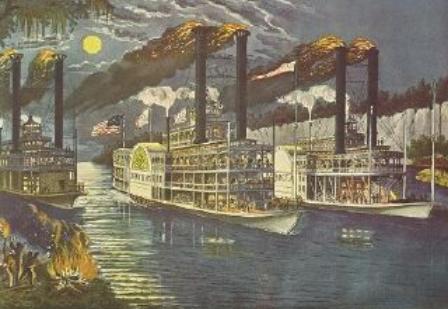
| "Starting Out" |
| The Brilliance of Currier and Ives When I think of Currier and Ives, chroniclers of 19th century America, I think of the remarkable pictorial history they left us, images depicting the daily lives, homes, workplaces and migration of the people who expanded the young nation. Settling, then moving on, then, settling again, all the way across the continent, the staff of Currier and Ives moved with them, keeping a record to leave for the descendants of America's stalwart pioneers. But their art is more than that. If you've ever seen one of the firm's lithographs, an original or a quality reproduction, you know that the scenes are skillfully done; the vivid colors virtually jump out at you, bringing the people and landscape to life. I picked a few of my favorite prints for today's page. (The one above is titled "Rocky Mountains.") I hope you enjoy them as much as I do. Nancy |
| Did you know? The print that started Nathaniel Currier on the road to success was a print captioned, "Ruins of the Planter's Hotel, New Orleans, which fell at two o'clock on the Morning of the 15th of May, 1835, Burying 50 persons, 40 of whom Escaped with their Lives." At that time, newspapers did not include pictures and, with that print, the public had a new way to "see" the news. Nathaniel Currier's brother, Charles, invented the Crayola. |